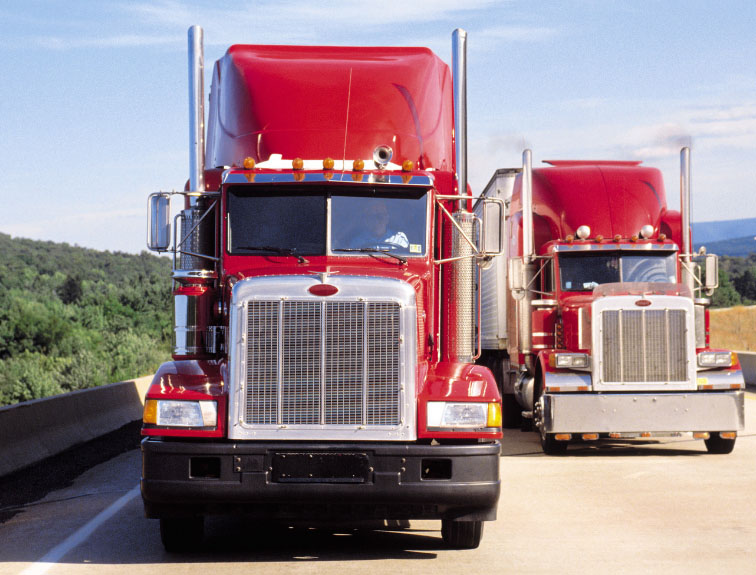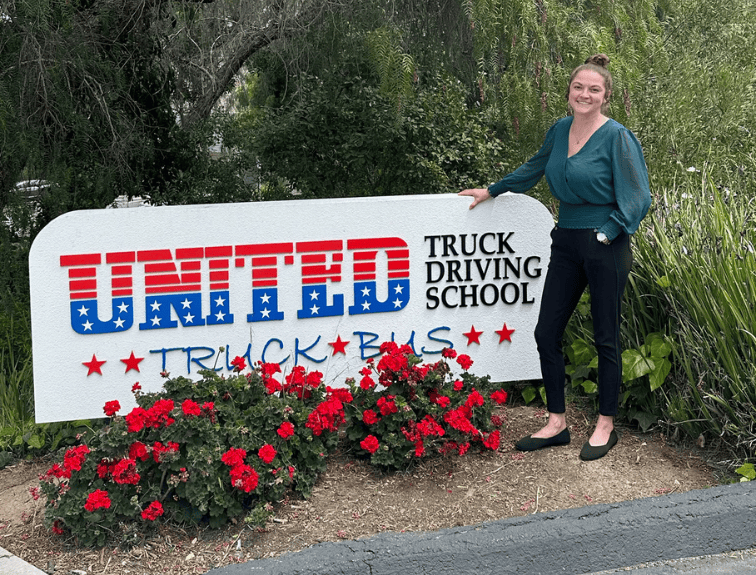Updated May 2022,
What happens now? You’ve finished your CDL training and are ready to start your new career in trucking. Here are the next steps to becoming a full-fledged Class A certified truck driver.
The next steps after CDL training are:
- Pass the State CDL Exam
- Sign with a Carrier
- Company training
- Drive Solo
Now, let’s consider each of these steps in detail.
Pass the State CDL Exam
To receive your Commercial Drivers License (CDL), you must first pass a written exam provided by the state DMV. In California, this exam contains 50 questions. You must correctly answer at least 40 of those questions to pass.
The California DMV provides sample tests for your benefit. Upon successfully passing the CDL exam, you’ll be issued your license.
Sign with a Carrier
Once you’ve got your CDL, it’s time to sign with a carrier. This may be a carrier company that pre-hires students from CDL training programs, or you may decide that you want to sign with another trucking company.
When selecting a carrier to sign with, it is crucial to consider several factors, such as what the carrier offers in terms of salary, work schedule, tuition reimbursement, benefits, opportunities, and so forth.
Company Training
Once a carrier hires you, you’ll likely have to undergo advanced training provided by that carrier. When you have a firm understanding of the new driving techniques the company has taught you, you’ll most likely go on the road with a trainer. The trainer will determine when you’re ready to drive by yourself. Many trucking companies also offer training pay during this time, which is a definite plus!
Driving Solo
Finally, you’ll be able to drive a company truck by yourself. New hires generally work over-the-road (OTR), or long-distance driving, at the start of their careers. However, new drivers are beginning to get more than OTR job offers after graduation. The trucking industry is creating more attractive entry-level positions to attract more drivers to the industry. As a result, many new drivers have taken are local and regional jobs.
Regional jobs are the perfect blend between OTR and local truck driving because drivers stay within a specific region of the United States. Regional drivers have a driving range of around 1,000 miles from their home base. Regional truck drivers’ routes can take a few days to complete, meaning they can be home on the weekends or multiple days in a row.
Another option for drivers is to take up a local truck driving job. Local jobs are perfect for anyone who wants or needs to be home daily. Typically, local driving routes have more consistency day-to-day. The main drawback of local truck driving to be aware of is that the pay is often not as high as regional or OTR driving.
After you’ve gained about a year of experience, you’ll be eligible to work in other driving positions if you so desire.
If you’d like to learn more about what to expect after CDL training or how to get your driving career started, contact us today!




